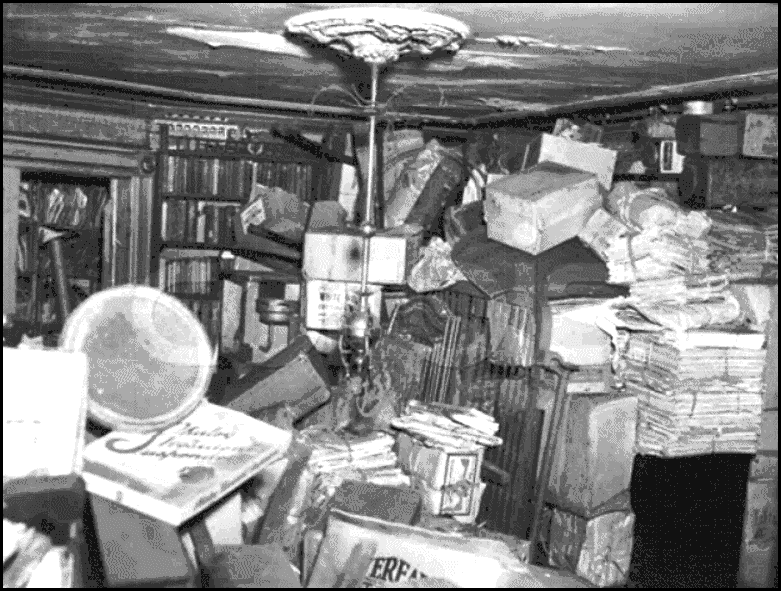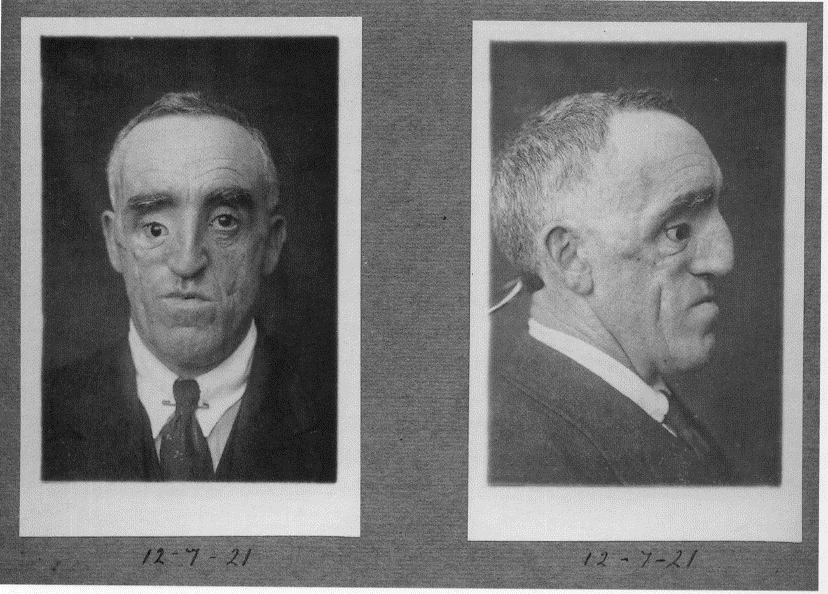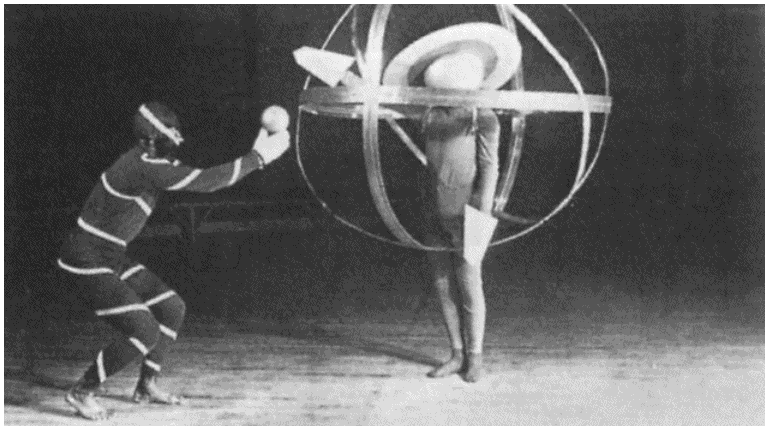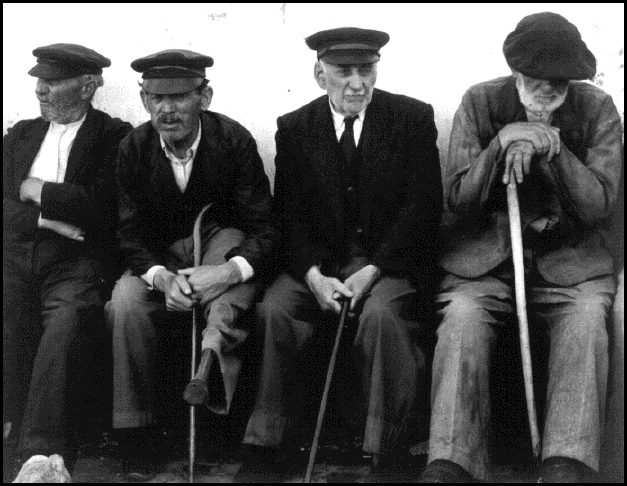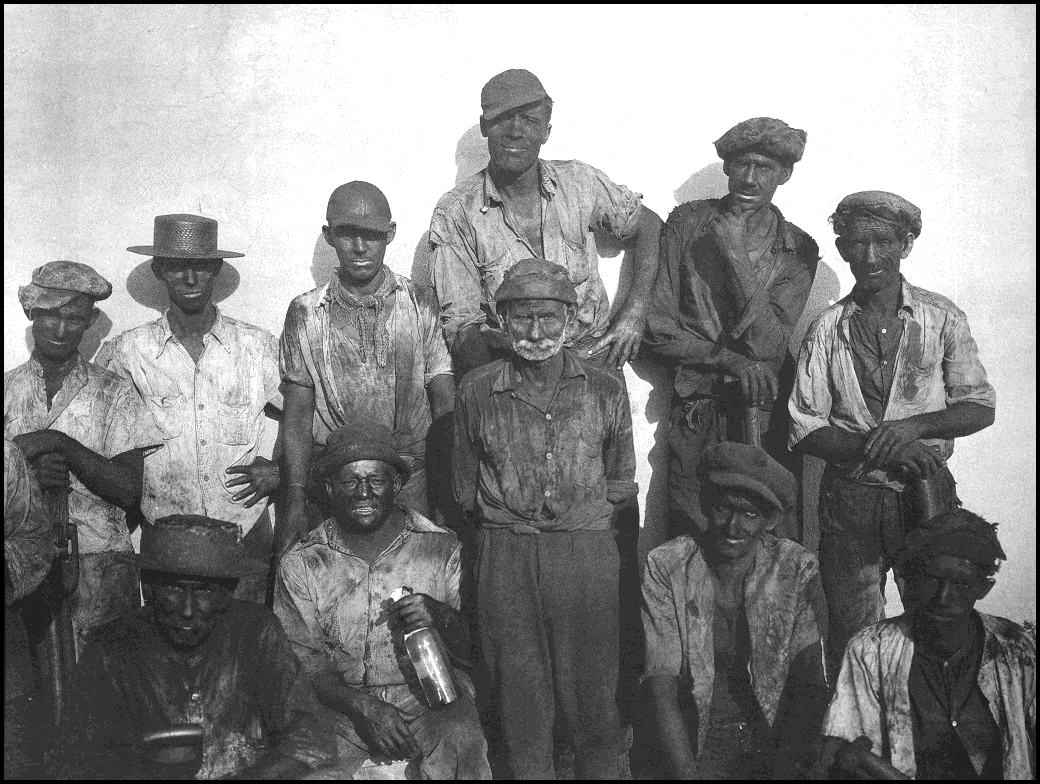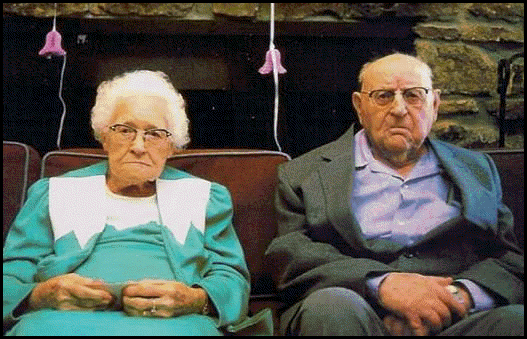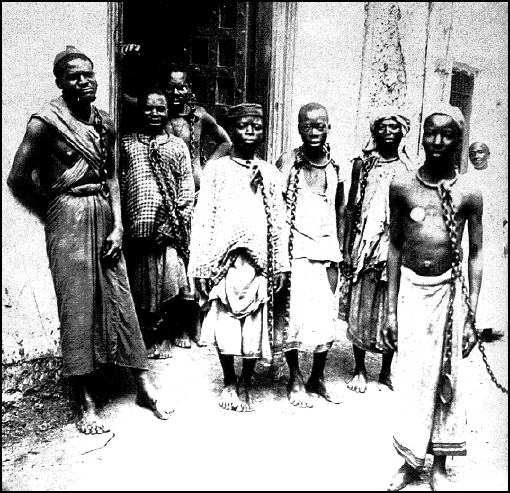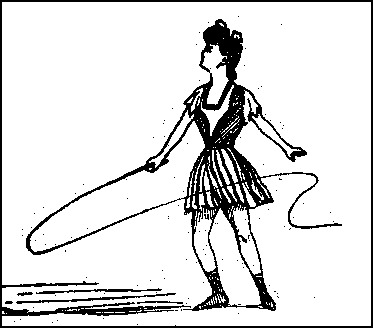A Dozen Hits
All-Time Favorites from RALPHOur server provides us with
daily, weekly, and monthly hit lists ---
those reviews, poems and articles
most favored by our readers.
Here are some old friends ---
a dozen or so collected
from this month's
most popular hits.
The Life and Death
Of Minneapolis's
Skid Row
<Joseph Hart
Edwin Hirschoff
Photographer
(Minnesota)
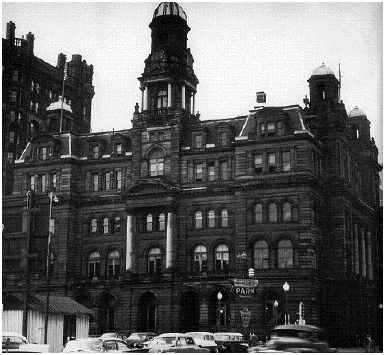 You don't have to look far to see the result of these decades of "urban renewal." Perspectives of scale, variety, and architectural interest were all sacrificed. Go to your public library, look at pictures from your downtown area the years before the 1950s and weep. Or, you can see it laid out in photographs of a representative city --- both before and after --- in this new volume, Down and Out: The Life and Death of Minneapolis's Skid Row.
You don't have to look far to see the result of these decades of "urban renewal." Perspectives of scale, variety, and architectural interest were all sacrificed. Go to your public library, look at pictures from your downtown area the years before the 1950s and weep. Or, you can see it laid out in photographs of a representative city --- both before and after --- in this new volume, Down and Out: The Life and Death of Minneapolis's Skid Row.Thanks to the late Edwin Hirschoff, we have a permanent record of the tearing down of the heart of Minneapolis. Called the Lower Loop, some twenty-five blocks of 19th and early 20th century buildings --- 200 of them in all--- fell to the wrecking ball. It represented more than 40% of downtown Minneapolis.
The press of the time called it "an occasion for civic rejoicing." By 1965, most of the area had been turned into parking lots and buildings of pure glass and steel. The poor had to find housing elsewhere.
review
The Untold Story of Those Who
Survived the Great American Dust Bowl
Timothy Egan
(Houghton Mifflin)

- saw farmhouses without a chicken or cow. He saw children in rags, their parents too frightened of dust pneumonia to send them to school, huddling in shacks shaped into wavy formations on the prairie, almost indistinguishable from the dunes.
The static electricity would build up so that people "tried not to touch each other," because they could literally blow each other down. It was
- the same kind of electrical energy that caused the windmill to spout a flame from a trailing wire and barbed-wire fences to emit blue sparks."
review
You Should Know
Peter Stephan
John Gabriel,
Text Translator
(Prestel)
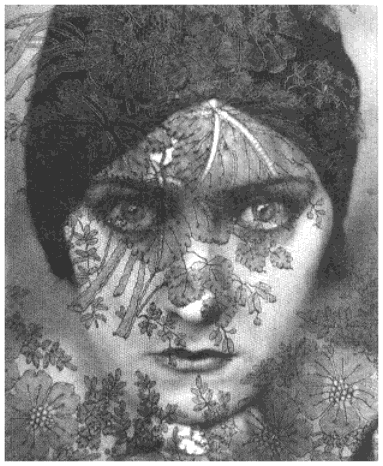
The editor is not only wise in his choices and layout, he's literate. The introduction, "Rendering the visible to make it visible" is spot on: "According to Lewis Mumford, the time clock, and not the steam engine, was 'the most important machine of the industrial age' ...
"To be in command of time is to have power. Photography is the pleasure of making time come to a stop. The perpetuum mobile of our existence pauses for a brief moment."
- No face, even in repose, is totally motionless. A face held motionless on silver gelatin paper radically confounds our perception and triumphs over time and ageing ... The portrait --- apparently a simple matter to manage --- is perhaps the most difficult of all photographic genres.
"The charisma of the model reacts to the charisma of the photographer, and in the most favorable cases the effect has been reciprocal."
review
My Life as an Object
Kathleen Rooney
(University of Arkansas Press)
- He made his sitters look like peppers, or like squash, not to dehumanize them, but to call attention to the splendor of all forms: animal, vegetable, mineral, human.
Or this story from a woman who modeled for Maurice Utrillo.
- She said that after hours on end of her standing there naked, and him standing there drawing, she put on her clothes and took a peek at the canvas. She discovered that all he'd been doing that whole time was this quaint pastoral scene of some little country house.
review
A Photographic Essay: 1897 - 1899
Pierre Berton
(Boston Mills Press)
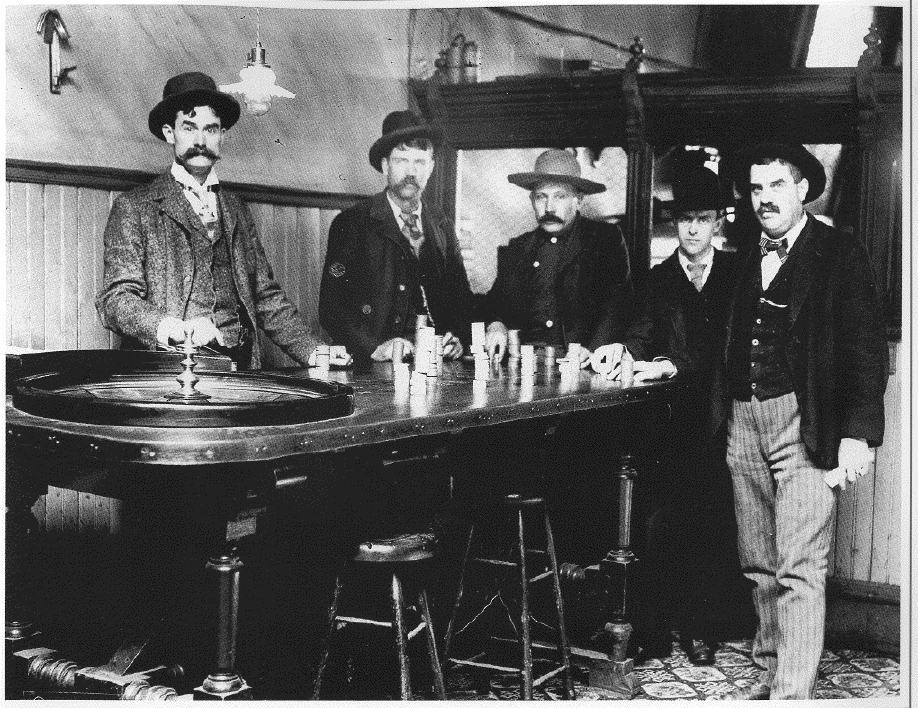
There were three ways to get to Dawson in 1898: up the White Pass Trail, up the Chilkoot Trail, or down the Yukon River from Alaska. It is estimated that 80% of the stampeders went via the passes, the other 20% by way of Alaska.The impetus, according to Berton, was not so much gold fever as the fact that the United States was --- in the midst of the so-called "Gay 90's" --- engulfed by a panic. That was the word in those days for what we now name "economic depression."
There was nothing gay --- in the older sense of the word --- about the journey. The White Pass was called "The Trail of Dead Horses" because 3,000 horses died en route. Chilkoot Pass was scarcely better. But the worst impediment to the stampeders was not so much the weather, which was dreadful, nor the passes, which were almost impassable --- but the Canadian government.
The route north to Dawson was in the hands of Canada, although uneasily so. The U. S. claimed part of the Klondike, but was busy fighting the "white man's burden" at other venues ... namely Cuba and the Philippines. It was not free to make war on our neighbor to the north.
There was a rule, a sensible rule if you think about it, enforced to the hilt by the Northwest Mounted Police. The rule was that if the stampeders were going into a place of ice, snow, trees, and nothing else, that they could not enter "without a year's supply of provisions."
Go to the complete
review
The Slave Ship
A Human History
Marcus Rediker
(Viking)
- The voyage thus transformed those who made it. War making, imprisonment, and the factory production of labor power and trade all depended on violence.
There are fascinating bits here: that the sailors who did the dirty work on the vessels had a mortality rate not so much less than the blacks; that the captains, too, rarely survived more than seven voyages; that the captains and officers typically had women slaves as "favorites" during the journey, which then were sold at "'a good price' once they reached the New World"; that the cruelest captains were called "buckos"; that the ultimate weapon against the slave trade was a drawing published widely in England and the United States of hundreds of black bodies crammed together in the hold of the Brooks, one of the larger of the slave ships, along with exact measurement of the space below decks given to each body.
Thus the trade was not ended over a rage at the treatment of an innocent peoples, nor concern over the social and mental harm of the trade ... but the able communication of the feeling of simple claustrophobia.
review
Mother exPosed
Gay Block
(University of New Mexico Press)

-
After the stroke, finally I could see her beauty. She was more in touch with herself and more accessible to me. When I entered her apartment, I even thought I saw her eyes light up as if they were saying, "I love you." I felt this, certainly, but not deeply. Distance, perhaps even anger, had become my habit.
Mother didn't object to my photographing her, in spite of her vanity, in spite of the fact that she felt she had lost her looks. Perhaps she hoped these pictures would live after her, or perhaps she just couldn't say no to me.
This reminded me so much of my own up-and-down with my own mother, one who could be craven and childish, and a moment later, charming, funny, winning, easy, a great storyteller. One of my friends first met my mother at my daughter's wedding, spoke French with her (Mum studied in Switzerland for a couple of years) for hours on end. And she, my friend said, "You're so lucky! What a wonderful woman!"
I said, "Yeah. Just try growing up with her."
review
Langley
A Novel
E. L. Doctorow
(Random House)
